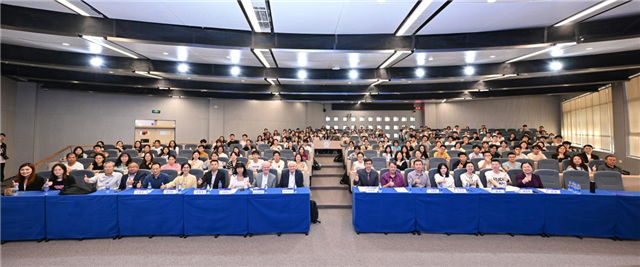The Nobel Laureate Shares Research Insights — The 10th Origins Forum and First Lecture of the Faculty of Arts and Sciences' Fifth Anniversary Series Held at BNU Zhuhai
On November 17, the 10th session of the Origins Forum and the first lecture in the Faculty of Arts and Sciences' fifth anniversary academic series were held at Beijing Normal University at Zhuhai (BNU Zhuhai). Professor Joachim Frank, the 2017 Nobel Laureate in Chemistry and Professor at Columbia University, delivered a lecture titled “The Art of Seeing the Invisible: How Cryo-EM Revolutionized Structural Biology and Future Prospects”. The event was jointly organized by the Faculty of Arts and Sciences and the International Office , and hosted by Professor Zhong Jiayong, Dean of the Faculty.
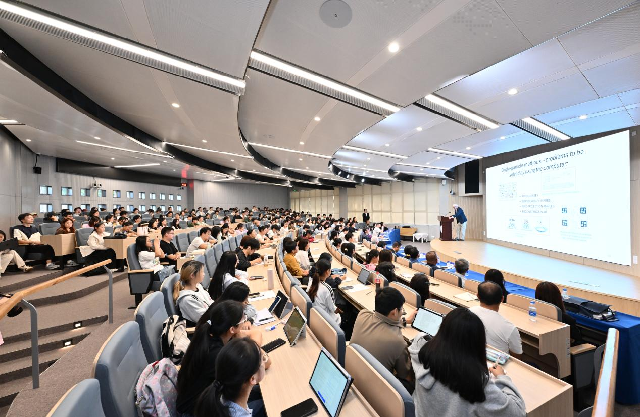
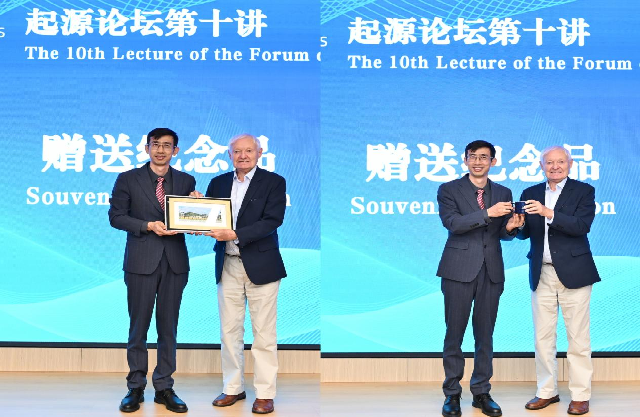
Professor Joachim Frank began by outlining key questions in molecular medicine and emphasizing the importance of high-resolution observation in understanding biological processes. He explained how cryo-electron microscopy (cryo-EM) overcame the limitations of traditional structural biology by eliminating the need for crystallization. He reviewed major milestones in the development of cryo-EM, including the early three-dimensional reconstruction of a bacteriophage tail in 1968, the resolution breakthrough enabled by direct electron detectors in 2012, and recent integration of automated data collection with AI-assisted analysis.
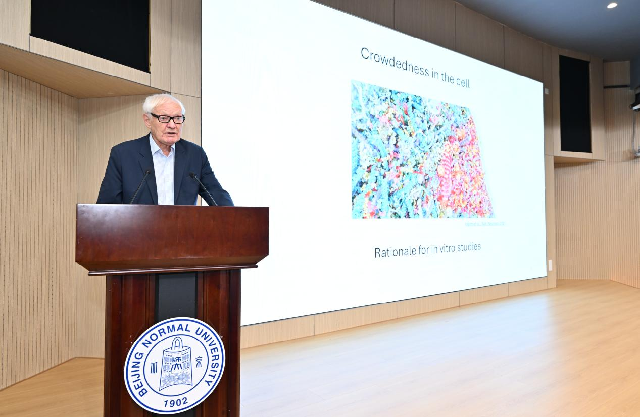
In recounting his scientific career, Professor Joachim Frank described his transition from physics to structural biology. He studied physics and electron microscopy at the University of Freiburg (Albert-Ludwigs-Universität Freiburg) and the University of Munich (Ludwig-Maximilians-Universität München), and developed the foundational single-particle reconstruction algorithm at the Cavendish Laboratory of the University of Cambridge between 1973 and 1975. During his tenure at the University at Albany, State University of New York, and later at Columbia University, he led teams that resolved the structures of key biomolecules such as ribosomes and ion channels, contributing to research in cancer and neurodegenerative diseases.
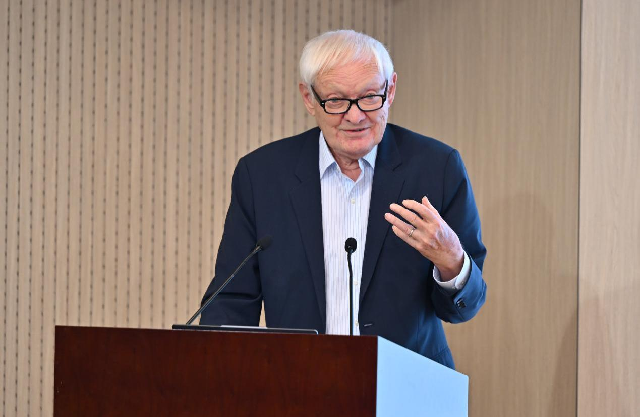
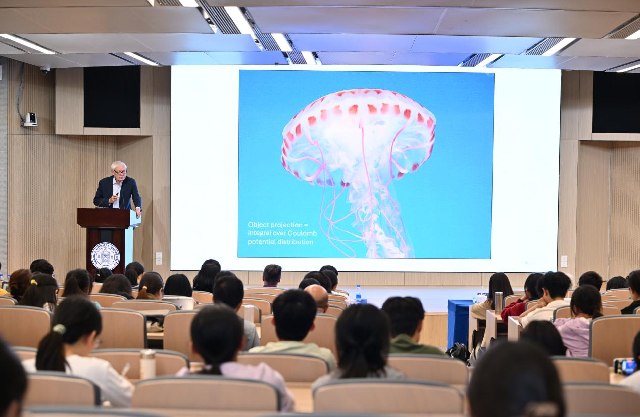
Professor Joachim Frank presented several case studies demonstrating the application of cryo-EM in biomedical research. These included high-resolution structures of CDK-activating kinases relevant to cancer therapeutics, structural insights into CFTR mutations associated with cystic fibrosis, and the three-dimensional structure of the ryanodine receptor related to muscle and cardiac disorders.
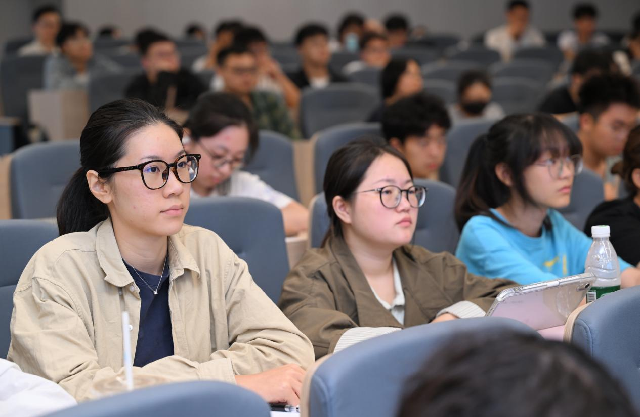
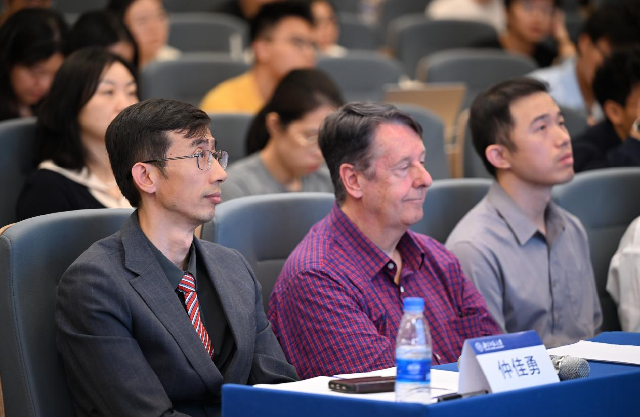
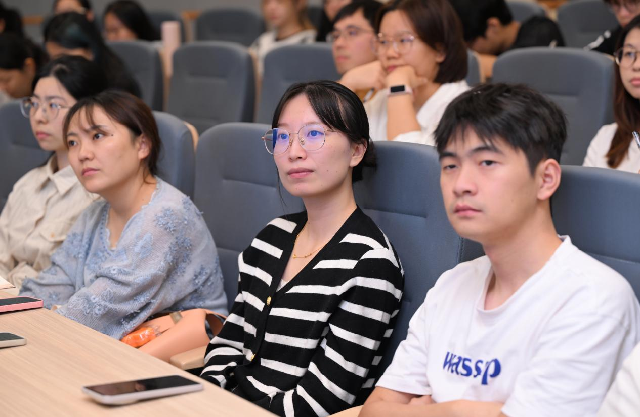

During the discussion session, Professor Joachim Frank addressed questions regarding technical challenges, research methods, and future developments in the field. He emphasized the importance of interdisciplinary perspectives and encouraged young researchers to remain open to new ideas and unexpected observations. He also commented positively on the development of scientific research infrastructure in China.
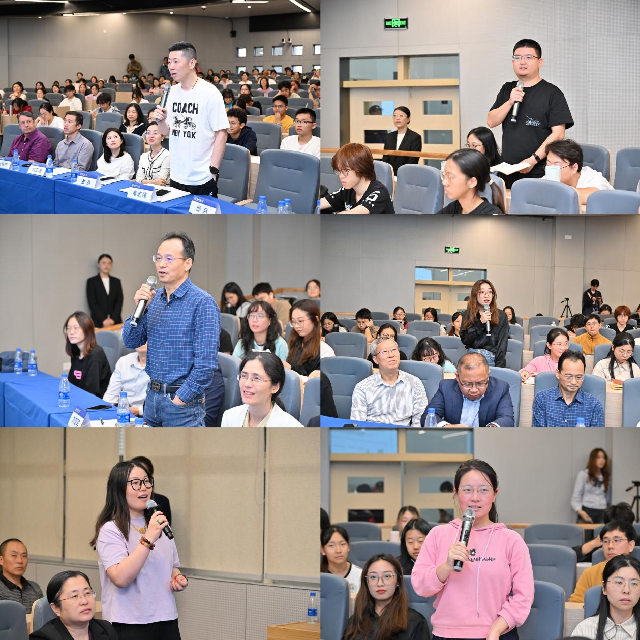
The lecture provided students and faculty with a deeper understanding of recent advances in cryo-EM and offered insights into scientific approaches and interdisciplinary exploration. Professor Joachim Frank’s work reflects the integration of physics, chemistry, and life sciences, and the event contributed to fostering interdisciplinary collaboration and cultivating high-level research talent.
